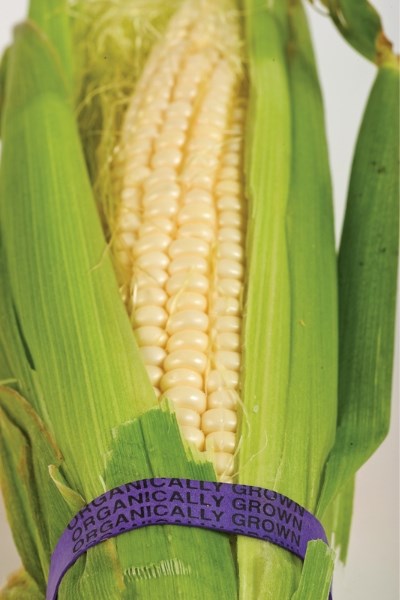St. Albertans can expect to pay between five and seven per cent more for their food by the end of the year, say economists, as commodity prices around the world continue to rise.
According to Douglas Porter, deputy chief economist with BMO Nesbit Burns, prices for agricultural commodities such as wheat, corn and sugar have risen 40 per cent in the last 12 months due to a number factors, including flooding in Australia and drought in China.
Sugar alone has increased 10.7 per cent since last January, according to recent data from Statistics Canada.
"Another factor has been the robust recovery that we've seen in emerging markets and the strong demand that we continue to see from places like China and India," Porter said.
It's important to keep in mind that food inflation was very strong before the financial crisis started in 2008. At one point in 2009, food inflation was running at nine per cent in Canada, Porter said.
"It disappeared for a couple of years because of the financial crisis but it's starting to come back now."
Over the last 15 years, food prices have seen an average annual increase of 2.4 per cent, only slightly higher than inflation over the same period, which has risen by a steady 2.0 per cent annually.
While commodity prices have risen dramatically, grocery prices have only seen a 1.9 per cent jump from last January, Porter noted. Consumers can expect to pay between five and seven per cent more for groceries by the end of the year.
"There's nothing obvious yet but of course there have been all kinds of warnings from various producers that price increases are coming."
Porter said increases at the grocery store shelves are less than the increase in commodity prices because there tends to be more volatility in raw materials.
"By our estimates, it takes about nine to 12 months for increases in commodity prices to work their way down to the consumer," he said.
Mike Lupien, director of communications for Sobeys, said a poor growing season in Mexico — where many tomatoes and green peppers are grown — will likely have an impact on the industry.
"If the supply is less than the demand, there is going to be some increases there," Lupien said.
He also stressed that rising commodity prices, particularly corn, will eventually trickle down to consumers.
The rising price of oil is another factor affecting food prices.
"The two often go hand in hand, but not necessarily," said Porter. "Definitely the oil price inflation is also aggravating the cost pressures for producers, for farmers."
"Of course, food is transported all over the place so that distribution costs rise," he added.
Grocery store competition good for consumers
With a number of grocery store chains operating in St. Albert and Edmonton, consumers are less likely to see dramatic price increases in certain items.
"Customers should be seeing very competitive prices on produce for the next little while," Lupien said.




